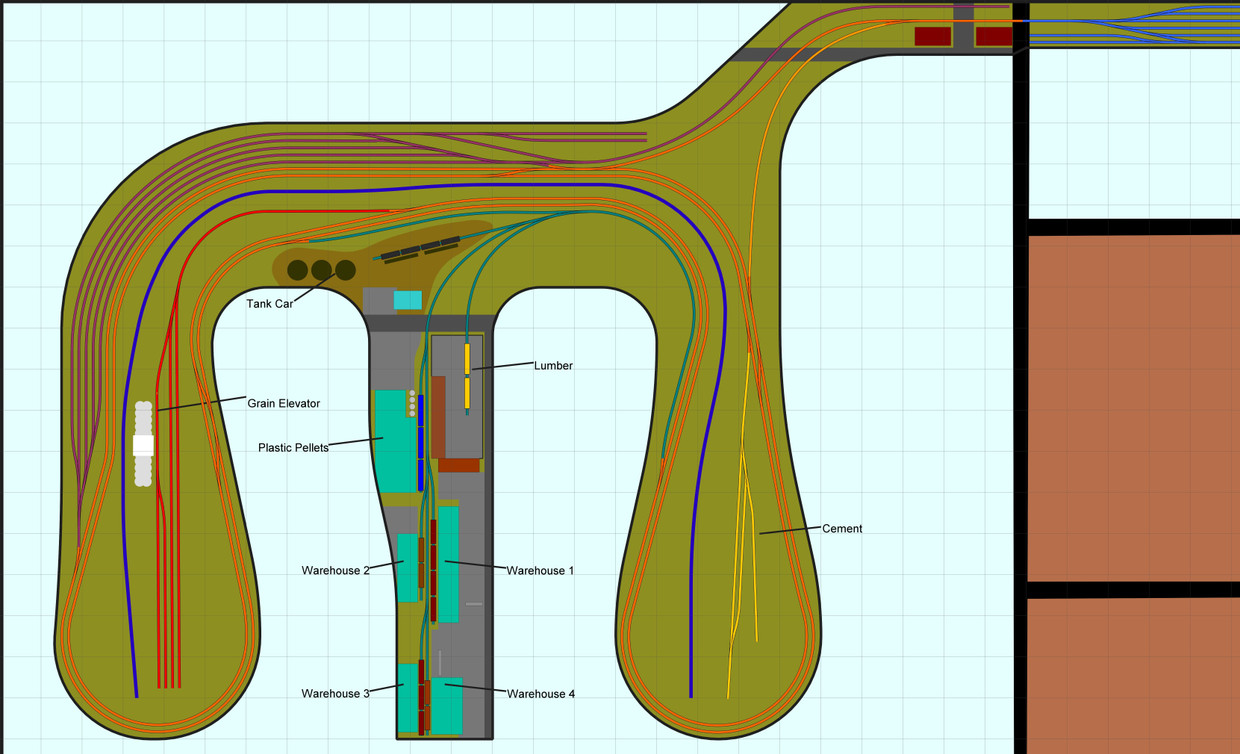Planning and Designing Your Model Railroad
Planning and designing a model railroad layout is a crucial step in bringing your miniature world to life. In this blog, we explore the essential aspects of model railroad planning and design, focusing on key considerations for success. From envisioning your layout to optimizing space and incorporating realism, we delve into the art of creating an engaging and realistic model railroad that will captivate both enthusiasts and spectators alike.
1. The Blueprint for Success: Key Considerations in Model Railroad Planning
Effective planning lays the foundation for a successful model railroad. Let's explore the key considerations that will shape your layout:
a. Scale and Gauge Selection: Choosing the appropriate scale and gauge is fundamental to the planning process. Consider factors such as available space, desired level of detail, and compatibility with available rolling stock and accessories. Popular scales like HO, N, or O gauge offer a wide range of options to suit different preferences and constraints.
b. Available Space and Layout Size: Assess the available space you have for your model railroad and determine the optimal layout size accordingly. Consider factors such as room dimensions, accessibility for construction and maintenance, and any specific constraints or requirements.
c. Track Plan and Configuration: Develop a track plan that aligns with your vision and operational goals. Decide on the track configuration, including the mainline, sidings, yards, and industries. Balance operational possibilities with scenic elements, ensuring a layout that is both engaging and aesthetically pleasing.
2. Designing an Engaging and Realistic Model Railroad Layout
Designing a model railroad layout involves combining creativity with realism to create a captivating experience. Let's explore the key aspects of designing an engaging and realistic layout:
a. Realistic Scenery and Landscapes: Incorporate realistic scenery elements such as mountains, rivers, forests, and urban areas to create a sense of authenticity. Utilize various modeling techniques, including sculpting terrain, adding ground cover, trees, and structures, to bring the landscape to life. Pay attention to proportion, texture, and color to achieve a convincing representation of the real world.
b. Focal Points and Points of Interest: Identify focal points within your layout to capture the viewer's attention. Whether it's a bustling cityscape, a quaint village, or a picturesque mountain pass, creating visually appealing areas of interest enhances the overall narrative and charm of your model railroad.
c. Operational Considerations: Strategically position sidings, yards, and industries to allow for operational variety. Consider the flow of traffic, train movements, and opportunities for switching and servicing. Designing a layout that enables engaging and realistic operations adds depth and interest to your model railroad experience.
d. Accessibility and Ergonomics: Ensure that your layout is accessible for maintenance and operation. Consider the placement of control panels, reachability of tracks, and ease of access to hidden areas. Designing with ergonomics in mind allows for comfortable and efficient operation of your model railroad.
Planning and designing your model railroad layout is a thrilling endeavor that requires careful consideration and a balance between creativity and realism. By envisioning your layout, addressing key considerations such as scale, space, and track planning, and incorporating realistic scenery and operational elements, you can create an engaging and visually captivating model railroad. Take your time, let your creativity flow, and design a layout that will transport you and your viewers into a world of miniature wonder.
Recent Posts
-
Metal vs Plastic Wheelsets: Pros, Cons, and How to Choose the Right Upgrade for Your Model Railroad
Metal vs Plastic Wheelsets: Pros, Cons, and How to Choose the Right Upgrade for Your Model Railroad
-
Weathering Rolling Stock for Realism: Practical Model Train Weathering Techniques That Look Like the Prototype
Weathering Rolling Stock for Realism: Practical Model Train Weathering Techniques That Look Like the
-
Understanding Model Train Wheel Sizes: Why They Matter More Than You Think
When people first get into model railroading, wheel size is rarely top of mind. Track plans




